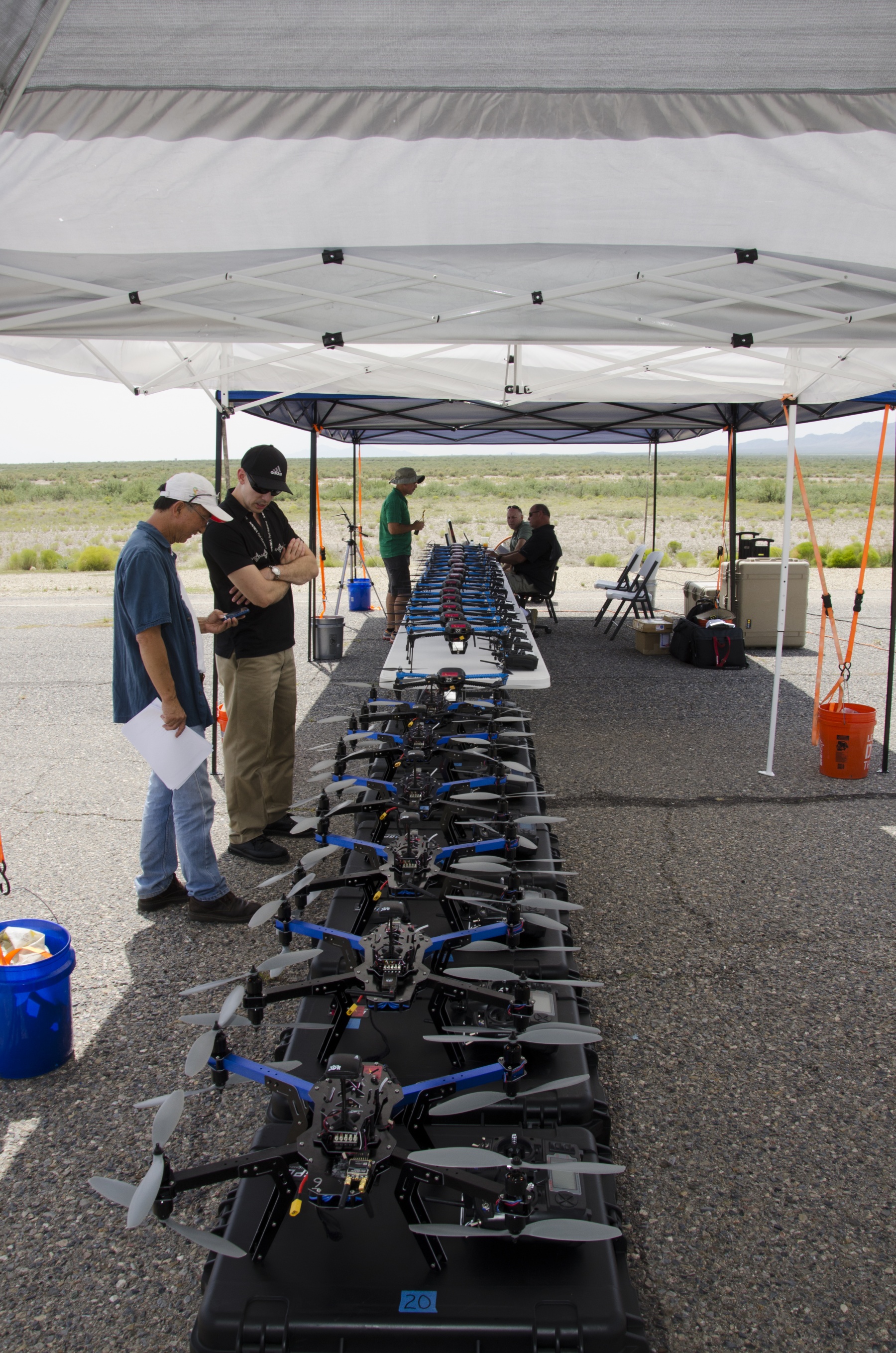Nuclear Weapons 374 - Drone Swarms And Nuclear Warfare - Part 2 of 2 Parts
US army drones.jpg

Part 2 of 2 Parts (Please read Part 1 first)
Drone swarm technology could enhance or diminish the success of nuclear delivery systems depending on how they are deployed by either attacker or defender. The idea of mutually assured destruction (MAD) has been the basis of nuclear strategy for decades. In order for MAD to be successful, a nuclear first strike must be survivable by the victim so that the victim can successfully retaliate.
Nuclear threats are less credible if a potential victim is confident that they can defeat an incoming nuclear attack. If an aggressor believes that their nuclear weapons systems can be defeated by a potential enemy, they might be inclined to develop and deploy more sophisticated nuclear delivery systems. They could also act more aggressively in potential conflicts. Such issues are the basis of Russia concerns about U.S. ballistic missile defense system proposals. These same issues are also the reason for the development of the triad of nuclear warhead delivery systems.
It is an open question whether drone swarms will be more successful for nuclear offense or nuclear defense. From a purely theoretical point of view, new technologies that can be used to counter nuclear warhead delivery systems would be more disruptive to the balance of nuclear weapons than technologies which merely improved the delivery of nuclear warheads. Nuclear weapons are already capable of horrendous damage. This makes it is unlikely that any improvements in delivery systems and destructive capability of nuclear weapons would result in any major change to planning for nuclear warfare.
North Korea only has primitive nuclear weapons and delivery systems and yet they already pose a significant threat to the U.S. Minor improvements in N.K. nuclear arsenal and delivery systems would have little impact on U.S. concerns and planning for potential attacks by N.K. Ultimately, while drone swarms might improve nuclear attacks, they will probably be more useful for nuclear defense.
It is inevitable that sophisticated drone swarm defense systems will coevolve with drone swarm technology. The major vulnerability of drone swarms lies in their need for reliable communication to coordinate their activities. If those communications can be jammed or hijacked, then the swarm would fall apart into a cloud of individual drones that would be easier to deal with. Powerful encryption systems will be needed to avoid the compromise of drone to drone communication. More powerful transmitters and more sensitive receivers will be needed to overcome jamming. This means that drones will have to be heavier with greater power systems. This will increase the cost of the swarms.
Offensive drones will need to be more powerful with much longer ranges than defensive drones. They will have to fly over enemy territory and evade defenses that will be developed to be used against enemy drone swarms. They will have to carry more fuel, munitions and counter measures that defensive drones over friendly territory will not need. This will require that they be bigger and heavier than defensive drones. This will make them more vulnerable to enemy drone defenses.
It is inevitable that drone swarms will soon be used for both offense and defense. There will be rapid development of such drones as technologies compete and developments leapfrog each other. Time will tell whether or not drones swarms prove themselves in battle.